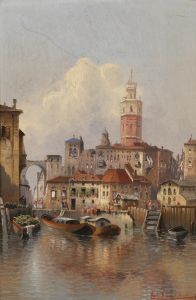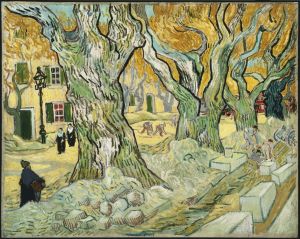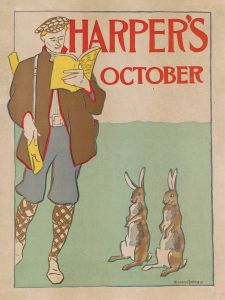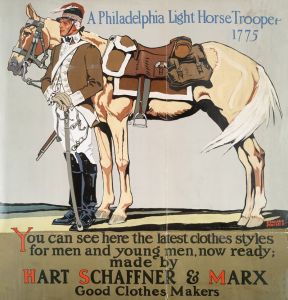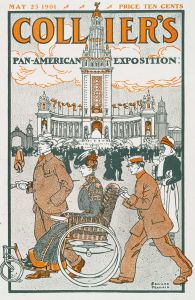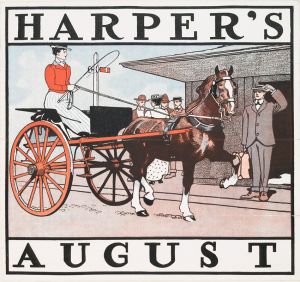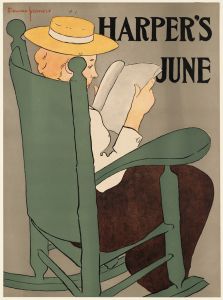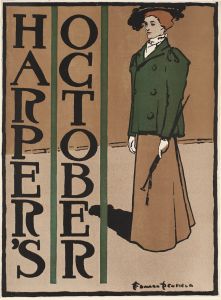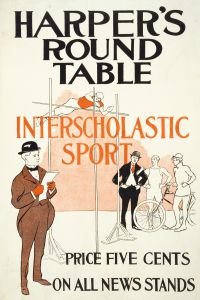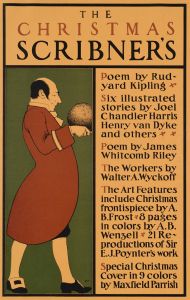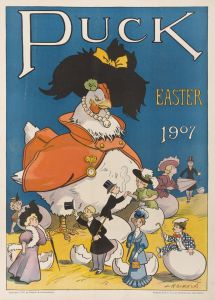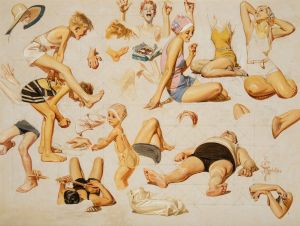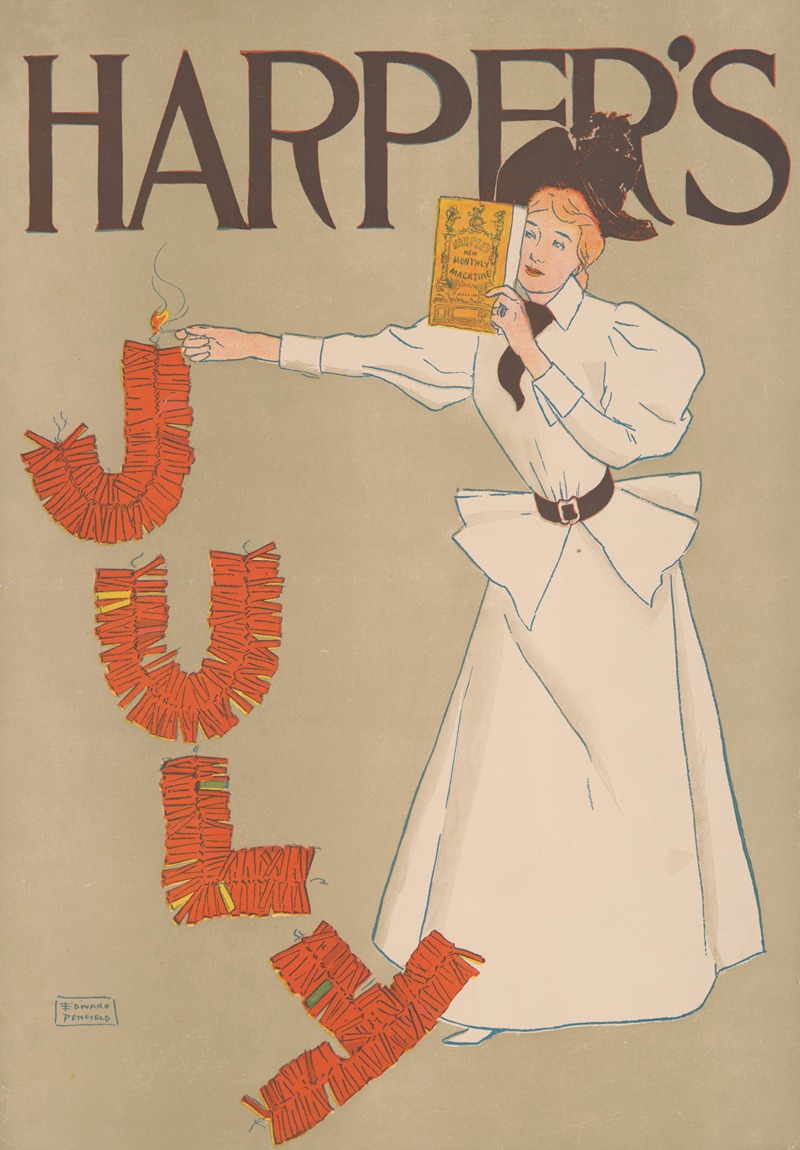
Harper’s July
A hand-painted replica of Edward Penfield’s masterpiece Harper’s July, meticulously crafted by professional artists to capture the true essence of the original. Each piece is created with museum-quality canvas and rare mineral pigments, carefully painted by experienced artists with delicate brushstrokes and rich, layered colors to perfectly recreate the texture of the original artwork. Unlike machine-printed reproductions, this hand-painted version brings the painting to life, infused with the artist’s emotions and skill in every stroke. Whether for personal collection or home decoration, it instantly elevates the artistic atmosphere of any space.
Edward Penfield's Harper’s July is a notable example of early 20th-century American illustration and graphic design. Created in 1897, this artwork served as the cover for the July issue of Harper’s Magazine, a prominent publication of the time. Penfield, often regarded as one of the fathers of American poster art, was the art director for Harper’s Magazine from 1891 to 1901. During his tenure, he produced a series of monthly cover illustrations that are celebrated for their innovative design and influence on the development of modern advertising and graphic art.
Harper’s July reflects Penfield’s characteristic style, which combines bold, flat colors, simplified forms, and a strong sense of composition. The illustration depicts a fashionable woman dressed in summer attire, holding an issue of Harper’s Magazine. The scene is set outdoors, evoking a leisurely summer atmosphere. Penfield’s use of clean lines and minimal detail emphasizes the subject while maintaining a sense of elegance and sophistication. His work often targeted the growing middle-class audience of the magazine, appealing to their aspirations and tastes.
This piece is part of a larger body of work that helped establish the visual identity of Harper’s Magazine during the late 19th and early 20th centuries. Penfield’s covers were instrumental in elevating the role of magazine illustration, bridging the gap between fine art and commercial design. His work also reflects the broader Art Nouveau movement, which was characterized by its decorative style and emphasis on organic forms.
Edward Penfield’s contributions to graphic design and illustration have had a lasting impact, and his magazine covers, including Harper’s July, remain significant examples of American visual culture from the period. Today, his works are studied for their artistic and historical value, offering insight into the aesthetics and social dynamics of the Gilded Age and Progressive Era in the United States.





